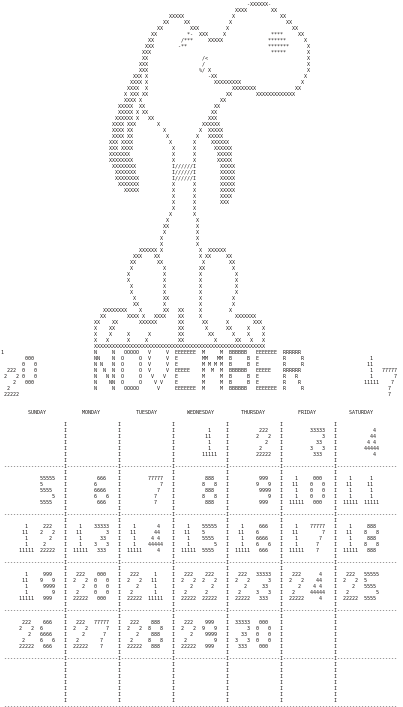The Fortran compiler, introduced in April 1957, was the first optimizing compiler, and it paved the way for many technical computing applications over the years. What Cobol did for business computing, Fortran did for scientific computing.
Fortran may be approaching retirement age, but that doesn't mean it's about to stop working. This year marks the 60th anniversary of the first Fortran (then styled "FORTRAN," for "FORmula TRANslation") release.
Even if you can't write a single line of it, you use Fortran every day: Operational weather forecast models are still largely written in Fortran, for example. Its focus on mathematical performance makes Fortran a common language in many high-performance computing applications, including computational fluid dynamics and computational chemistry. Although Fortran may not have the same popular appeal as newer languages, those languages owe much to the pioneering work of the Fortran development team.
In the movie "Hidden Figures," one of the characters teaches herself Fortran because she sees that human computers (including herself) will be replaced by electronic computers. And although much from the early '60s has been left to history, Fortran persists. Two years ago, NASA began actively seeking a Fortran programmer to work on the Voyager missions as the last original programmer prepared to retire. Use of Fortran in weather and climate modeling, geophysics, and many other scientific applications means that Fortran knowledge will remain a valued skill for years to come.
Despite this, Fortran is trending down in searches, and it is no longer taught at some universities (I missed my chance to take my university's Fortran course by one semester). One atmospheric scientist, preparing to apply for graduate school in the late 2000s, decided she should learn a programming language. When she called local schools and universities to ask whether they offered any courses in Fortran, the response was laughter. So she taught herself, by studying existing code and doing a lot of Google searches. Today, she maintains old Fortran code and writes new code daily.

The trend of "Fortran" as a Google search term from 2004 to 2017.
Such stories are becoming more prevalent as Fortran's popularity declines. The great longevity of Fortran provides a wealth of learning material as well as inter-generational bonding. In my first system administration job, a common task was helping graduate students compile Fortran code they inherited from their advisor (who in turn inherited it from their advisor, and so on...).
A colleague of mine, who coincidentally began existing in 1954 (the year of the first draft of The IBM Mathematical Formula Translating System specification), wrote an article sharing his experience creating a rendering of Da Vinci's "Mona Lisa" with Fortran. Another friend told me one of his favorite programs as an undergraduate was a Fortran program that created a calendar featuring ASCII-art renderings of the characters from the "Peanuts" comic strip.

A November 2017 calendar page generated by a Fortran program
What makes Fortran so enduring? Establishing an initial foothold helps, of course. When a language is used in a critical business application, that gives it a lot of staying power because wholly rewriting code is expensive and risky.
But there's more to it than that. As the name implies, Fortran is designed to translate mathematical formulas into computer code. That explains its strong presence in fields that deal with a lot of mathematical formulas (particularly partial differential equations and the like).And like any technology that has survived the years, Fortran has evolved. Changes in the language take advantage of new paradigms without making rapid changes. Since the first industry standard version of Fortran (FORTRAN 66, approved in 1966), only a few major versions have occurred: FORTRAN 77 (approved in 1978), Fortran 90 (released in 1991 (ISO) and 1992 (ANSI)) and its update, Fortran 95, and Fortran 2003 (released in 2004) and its update, Fortran 2008. A new revision called Fortran 2015 is expected in mid-2018.
Clearly, there's no plan for Fortran to retire anytime soon. Active projects are underway to make it easier to run Fortran on GPUs. Will Fortran celebrate its centennial? Nobody knows. But we do know that the Voyager 1 and Voyager 2 spacecraft will carry Fortran code out beyond the reaches of our solar system.







30 Comments